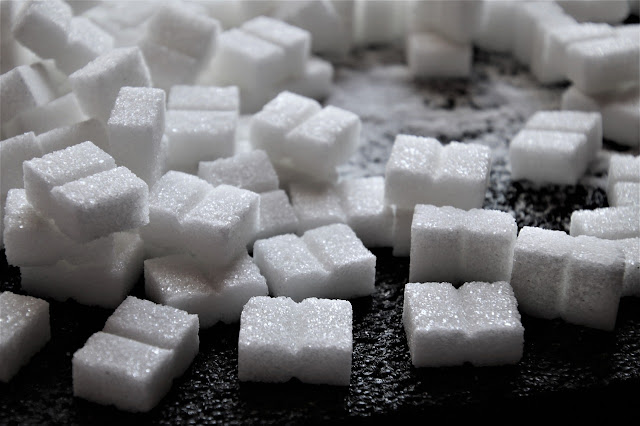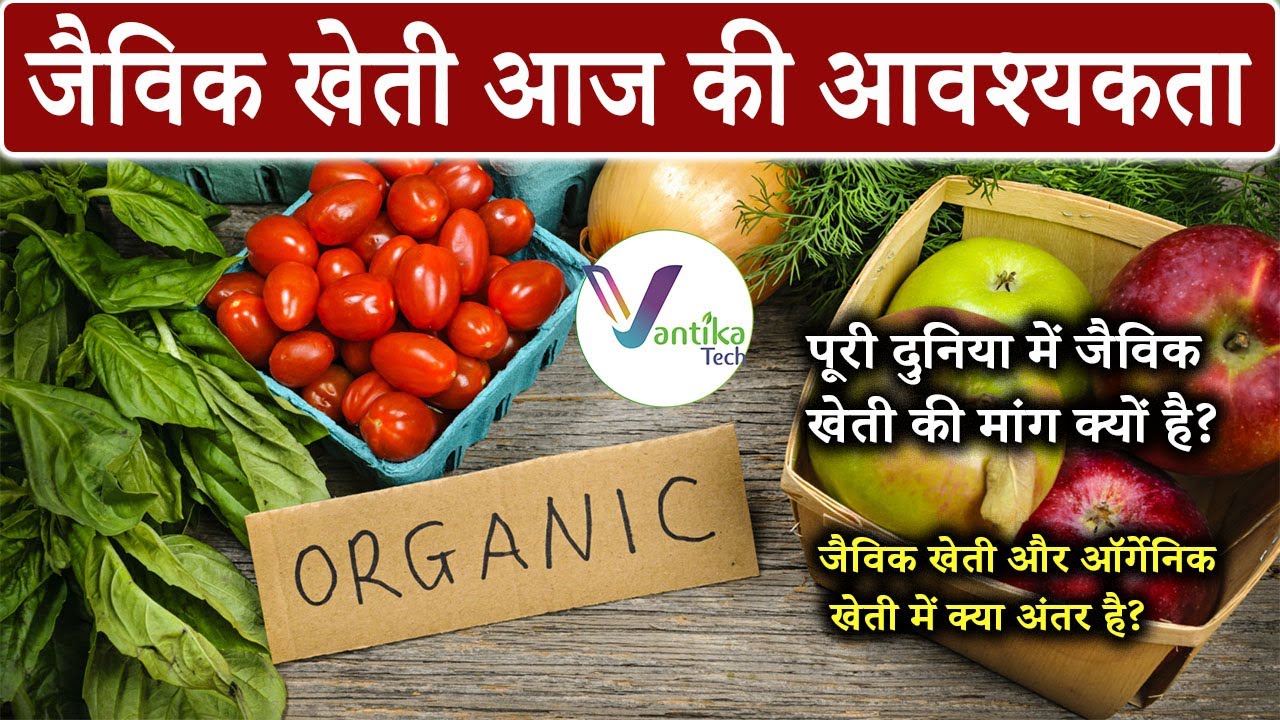Sugarcane, one of the world's oldest cultivated crops, has been a source of sweetness for centuries. From the sprawling sugarcane fields to the delightful sugary treats on our plates, the journey of sugarcane farming to jaggery and sugar production is a fascinating one. In this post, we will delve into the intricate process of sugarcane farming, followed by the transformation of sugarcane juice into jaggery and sugar.
Sugarcane, a tall perennial grass known for its sweet juice, has been an integral part of agriculture for centuries. The process of sugarcane farming is a fine art that involves careful planning, nurturing, and harvesting. In this detailed post, we will have a closer look at the essential steps involved in sugarcane farming, from soil preparation and planting to growth, maintenance, and finally, the rewarding harvesting phase.
Soil Preparation and Planting:
The success of any crop begins with the quality of the soil it grows in. Before sugarcane is planted, the soil is carefully prepared through a series of steps. The soil is tilled, which involves breaking up the ground to loosen it and create a favorable environment for the cane roots to penetrate. This process improves soil aeration and reduces compaction.
To ensure that the sugarcane plants receive the essential nutrients they need to thrive, fertilizers are added to the soil. Fertilizers supply vital elements like nitrogen, phosphorus, and potassium, which are crucial for the growth and development of the crop. After fertilization, the soil is ridged to create elevated beds or furrows, which help with drainage during heavy rains and ensure the proper flow of water to the roots.
Sugarcane stalks, known as setts, are then carefully planted in the prepared ridges. These setts are sections of mature cane with buds, which will eventually develop into new cane plants. The setts are placed in the ridges at specific intervals to allow sufficient space for each plant to grow.
Growth and Maintenance:
Once the sugarcane setts are planted, the real journey of farming begins. Sugarcane requires meticulous care and attention throughout its growth cycle. One of the critical factors in successful sugarcane farming is irrigation. As a water-intensive crop, sugarcane needs regular watering to support its growth. Sustainable irrigation practices are adopted to ensure optimal water usage and minimize water wastage.
Sustainable Irrigation Practices:
As a water-intensive crop, sugarcane demands sufficient and timely irrigation throughout its growth cycle. Sustainable irrigation practices are crucial in optimizing water usage and minimizing water wastage. Depending on the climate and soil conditions, farmers may adopt various irrigation methods such as flood irrigation, drip irrigation, or furrow irrigation.
In regions with adequate rainfall, rainwater harvesting techniques are utilized to capture and store rainwater for later use. This ensures a sustainable water supply during dry spells and reduces the reliance on groundwater sources. Careful monitoring of soil moisture levels and crop water requirements helps farmers determine the optimal irrigation schedule, ensuring that the sugarcane plants receive the right amount of water at the right time.
Weed Control:
Weeds compete with sugarcane plants for essential resources like nutrients, water, and sunlight. Unchecked weed growth can significantly impact the growth and productivity of sugarcane crops. As such, effective weed control measures are essential.
Farmers employ both manual and chemical weed control methods. Hand weeding is a labor-intensive but eco-friendly approach that involves physically removing weeds from the fields. Additionally, herbicides are used judiciously to target specific weed species while minimizing harm to the sugarcane plants and the environment.
Nutrient Management:
Sugarcane is a heavy feeder, and adequate nutrient supply is vital for optimal growth and high sucrose content in the stalks. During the growth phase, farmers carefully manage nutrient application based on soil tests and crop requirements. Nitrogen, phosphorus, and potassium are the primary nutrients used, with nitrogen being critical for promoting vigorous vegetative growth.
To replenish soil nutrients, farmers may apply organic manure or organic compost, enhancing the soil's fertility and overall health. In addition to macro-nutrients, micro-nutrients like boron, zinc, and manganese are also supplied to address specific nutrient deficiencies and ensure balanced plant nutrition.
Pests and Disease Management:
Sugarcane is susceptible to various pests and diseases that can cause significant damage to the crop. To protect their sugarcane plants, farmers implement integrated pest management (IPM) practices. IPM involves a combination of preventive measures, biological control, and targeted use of pesticides, if necessary.
Monitoring the fields regularly for signs of pests and diseases helps farmers take timely action, preventing potential outbreaks. Crop rotation, use of resistant varieties, and natural predators are some eco-friendly methods employed to control pests. Similarly, disease-resistant varieties, proper drainage, and cultural practices help minimize the risk of diseases.
Pruning and Thinning:
As the sugarcane plants grow taller, pruning becomes necessary to remove any unwanted tillers and promote healthier growth. Thinning, the process of removing excess plants, is also practiced to create an optimum plant density in the field. These practices allow sunlight to penetrate the crop canopy, improving air circulation and reducing the risk of disease incidence.
Harvesting:
The ultimate reward of sugarcane farming comes at the harvesting stage. After about 12 to 18 months of growth, the sugarcane reaches maturity and is ready for harvesting. Skilled farmers carefully cut the mature cane close to the ground using sharp machetes or mechanized harvesters.
Modern machinery has significantly improved the efficiency of sugarcane harvesting, reducing the labor-intensive efforts required in the past. Mechanical harvesters can cut and collect sugarcane at a faster pace, ensuring a more streamlined and cost-effective process.
Manual harvesting involves skilled laborers cutting the mature sugarcane stalks close to the ground with precise strokes. The cut sugarcane is then bundled into manageable loads and transported to the next stage of the process.
Transportation to the Sugar Mill:
After harvesting, the freshly cut sugarcane is promptly transported to the nearby sugar mill or processing unit. Efficient transportation is vital to preserve the quality and sucrose content of the harvested sugarcane. Tractor-trolleys, trucks, or specially designed cane carriers are commonly used to carry the sugarcane from the fields to the mill.
Upon arrival at the sugar mill, the sugarcane is weighed, and the quality is assessed before processing begins. Quality checks ensure that only the best-quality sugarcane is utilized in the production of jaggery.
Juice Extraction:
The next step in jaggery preparation involves the extraction of sugarcane juice from the harvested stalks. Several methods are employed to extract the juice, ranging from traditional hand-cranked wooden crushers to modern mechanized mills.
In traditional settings, wooden crushers known as "ganne ka ras" are commonly used, where the sugarcane is fed into the crushers manually, and the extracted juice flows into collecting vessels. Modern mills, on the other hand, utilize heavy rollers to crush the sugarcane and extract the juice. The extracted juice is then collected in large tanks for further processing.
Clarification and Boiling:
To remove impurities and solids from the extracted juice, a process of clarification is carried out. The juice is heated and treated with lime, which helps coagulate and remove the impurities. The clarified juice is then boiled in large open pans or vats.
During the boiling process, the water content in the juice evaporates, leaving behind a concentrated sugarcane syrup. As the syrup thickens, it undergoes various stages of boiling until it reaches the desired consistency and sugar content.
Formation of Jaggery:
Once the sugarcane syrup reaches the desired sugar concentration, it is transferred to molds or trays for cooling and solidification. The sugarcane syrup solidifies into semi-solid blocks or discs, which are then further dried to remove excess moisture.
The dried sugarcane blocks are now ready to be cut into individual pieces or molded into traditional shapes. The final product is the much-loved and delicious jaggery - a natural and unrefined sweetener packed with the goodness of sugarcane.
After the extraction of sugarcane juice, it goes through a process of clarification, where natural clarifiers like lime are added to remove impurities and solids. The clarified juice is then filtered to ensure it is free from any suspended particles and sediments.
Concentration and Evaporation:
The clarified sugarcane juice is now ready for the next step – concentration. In large evaporator vessels, the juice is heated to remove excess water, resulting in a thick sugarcane syrup. This syrup is called "raw juice" or "massecuite."
Crystallization:
To induce crystallization, the raw juice is transferred to vacuum pans or multiple-effect evaporators. The pressure is reduced, and the juice is further heated. This process encourages sugar crystals to form and grow. The resulting mixture is known as "crystallized syrup" or "crystals in syrup."
Separation and Centrifugation:
The crystallized syrup is then transferred to centrifugals – high-speed machines that spin to separate the sugar crystals from the remaining syrup. The syrup, called "molasses," is rich in residual sugars and other compounds. The separated sugar crystals are now referred to as "raw sugar."
Refining the Raw Sugar:
To produce white sugar, the raw sugar undergoes further refining. The raw sugar is mixed with a solution of water and heated to dissolve any remaining impurities and non-sugar substances. This process is known as "affination."
Decolorization:
To achieve the characteristic white color of sugar, the sugar solution undergoes a process of decolorization. Activated carbon or other adsorbent materials are added to remove the remaining color and impurities. The decolorized solution is then filtered to obtain a clear sugar syrup.
Crystallization and Drying:
The clear sugar syrup is further concentrated and then seeded with sugar crystals to initiate the growth of uniform crystals. The mixture is agitated and cooled to encourage crystal formation. The resulting mass of sugar crystals is sent to a centrifugal to separate the remaining syrup. These sugar crystals are now considered "white sugar."
Drying and Packaging:
The separated white sugar crystals are gently dried to remove any remaining moisture, ensuring the sugar does not clump. The dried white sugar is then carefully packaged into various sizes for distribution and consumption.
Conclusion:
The art of jaggery formation is a captivating blend of age-old traditions and modern techniques. From the fields where sugarcane sways gracefully to the sugar mills where the sweet juice flows, every step of the process is a testament to the dedication of farmers and artisans. Embracing the natural goodness of jaggery in our culinary creations not only delights our taste buds but also connects us to the rich cultural heritage of sugarcane farming and sweet-making practices.
The transformation of sugarcane juice into white sugar is a meticulous process that involves several stages of refinement. The journey from raw sugarcane to the pure, sparkling white sugar we find in our kitchens showcases the dedication and expertise of the sugar industry. Whether it's in the form of jaggery or white sugar, both sweeteners hold an essential place in our culinary traditions and daily lives.
Thanks for visiting us.
#SugarcaneFarming #JaggeryPreparation #SugarProduction #SoilPreparation #SustainableIrrigation #Harvesting #JuiceExtraction #ClarificationAndBoiling #WhiteSugarRefinement #CulinaryTraditions








No comments:
Post a Comment